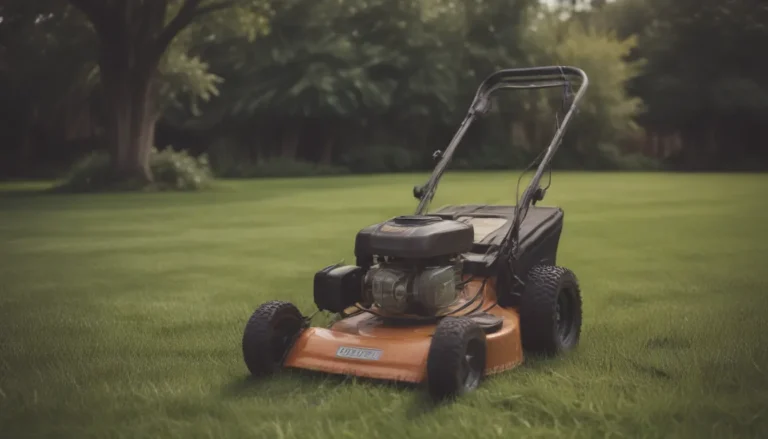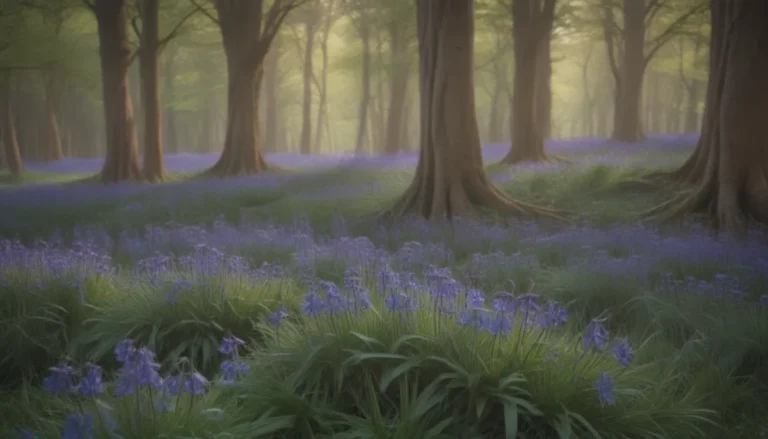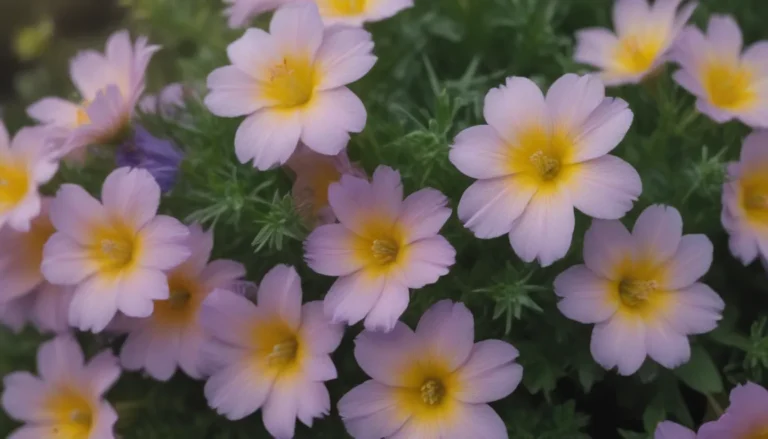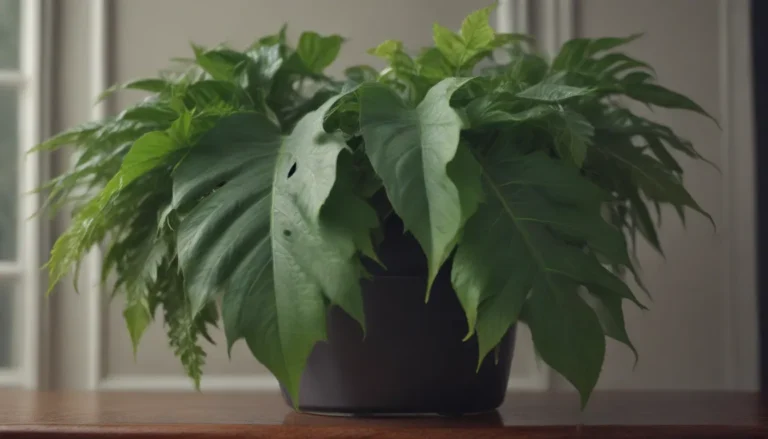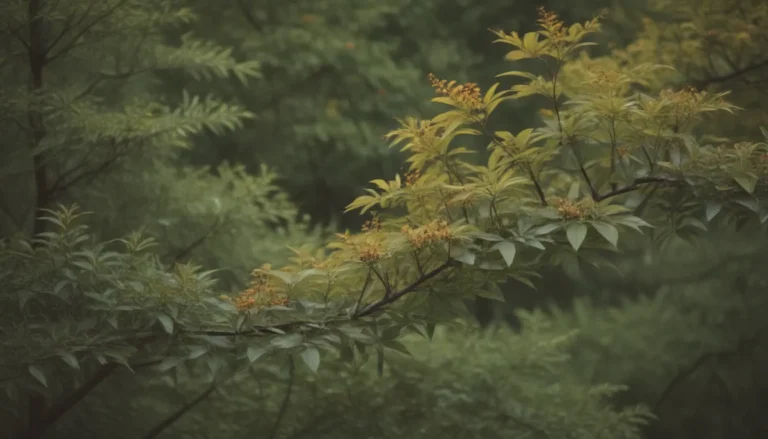The Ultimate Guide to Growing and Caring for Star Magnolia
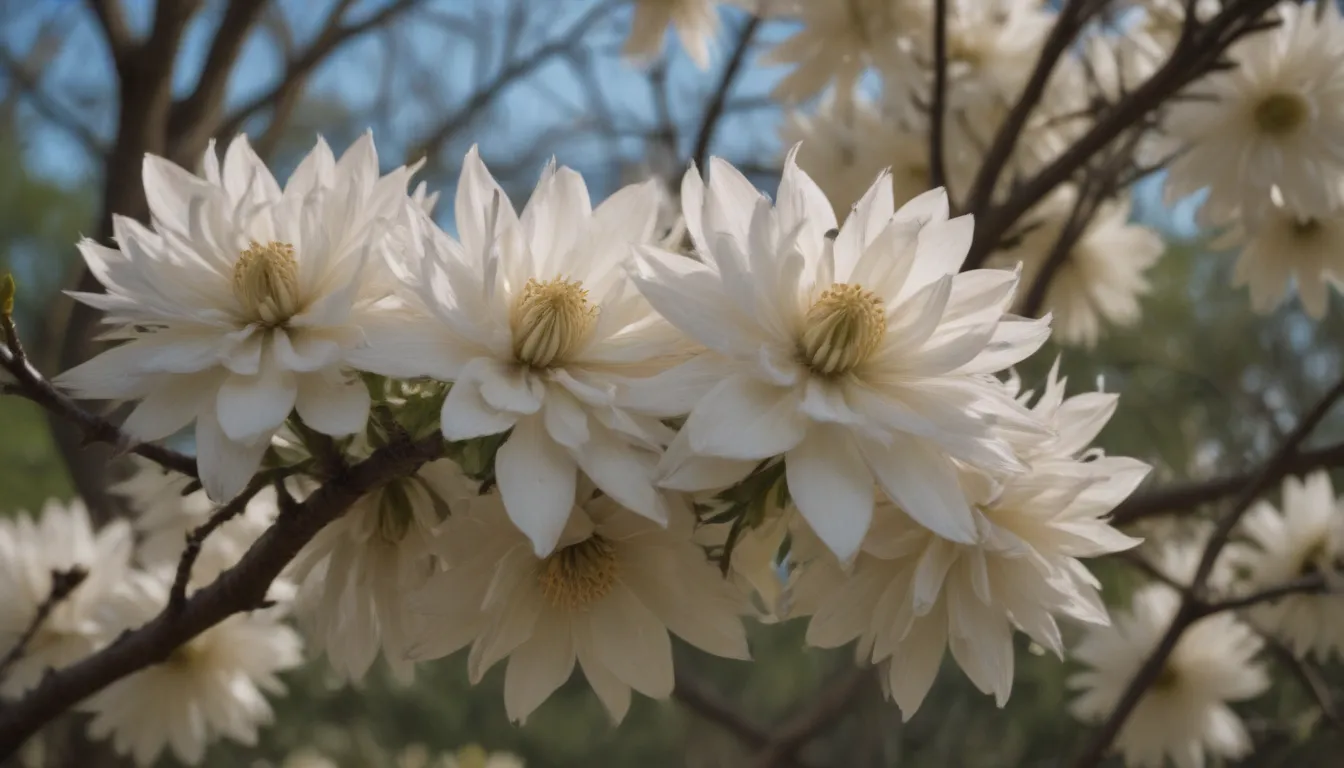
Are you looking to add a touch of elegance to your garden? Star magnolia might be the perfect choice for you. This slow-growing, flowering shrub provides a stunning display with its unique star-shaped white flowers. In this comprehensive guide, we will delve into everything you need to know about growing and caring for star magnolia. From planting to pruning, we’ve got you covered!
Star Magnolia Overview
Star magnolia, known for its scientific name Magnolia stellata, hails from Japan but can be grown in USDA planting zones 4 through 9. This shrub thrives in sunny conditions and loamy, moist soil. It blooms in late winter/early spring, adding a burst of beauty to your landscape.
Star Magnolia Care Tips
When it comes to caring for star magnolia, a few key factors come into play. Let’s explore the essential care requirements:
- Light: Star magnolia thrives in full or partial sun, requiring at least four hours of direct sunlight daily.
- Soil: This plant prefers loamy, well-draining moist soil and can tolerate both neutral and acidic soils.
- Water: Star magnolias are low-maintenance plants that don’t need frequent watering. Water thoroughly once a week during the first two growing seasons and twice a month thereafter.
- Temperature and Humidity: Cold hardy down to zone 4, star magnolia can be damaged by heavy snow and ice. It prefers moderate humidity levels.
- Fertilizer: Apply a phosphorus-rich fertilizer in early spring to promote root growth and bloom production.
Types of Star Magnolia
Star magnolia comes in a variety of flower colors, sizes, and shapes. Some popular cultivars include:
- ‘Centennial’
- ‘Rosea’
- ‘Royal Star’
- ‘Pink Stardust’
- ‘Waterlily’
- ‘Jane’
Pruning Tips
Since star magnolia blooms on old wood, it’s best to prune immediately after flowering to avoid losing next year’s flowers. Keep in mind that star magnolias tend to grow as multi-stemmed shrubs, so regular pruning may be necessary to shape them into a desired form.
Propagating Star Magnolia
If you’re looking to propagate star magnolia, stem cuttings in late spring or early summer are the way to go. You can also grow it from seed, but be prepared to wait for the seedling to mature before planting it in the ground.
Common Pests and Plant Diseases
Star magnolias are susceptible to fungal infections like powdery mildew and scale insects. To prevent these issues, ensure your plant receives ample sunlight, air circulation, and well-draining soil. If infestations occur, treat them promptly with the appropriate fungicides or insecticidal soaps.
How to Get Star Magnolia to Bloom
Encouraging your star magnolia to bloom requires the right conditions. Check the soil acidity, ensure full sun exposure, and practice deadheading to promote more blooms.
Common Problems and Solutions
While star magnolias are relatively trouble-free, they can face issues like magnolia scale infestations and leaf spots. Take proactive measures to address these problems and keep your plant healthy and vibrant.
Magnolia Verticillium Wilt
Verticillium wilt is a serious threat that can kill star magnolia plants. Keep an eye out for symptoms like streaking wood and premature leaf drop. If your plant is affected, removal may be the best course of action to prevent further spread.
In conclusion, star magnolia is a beautiful addition to any garden or landscape. With proper care and attention, this flowering shrub will reward you with its stunning blooms year after year. So, roll up your sleeves, get your gardening tools ready, and watch your star magnolia thrive and flourish in your outdoor space!

